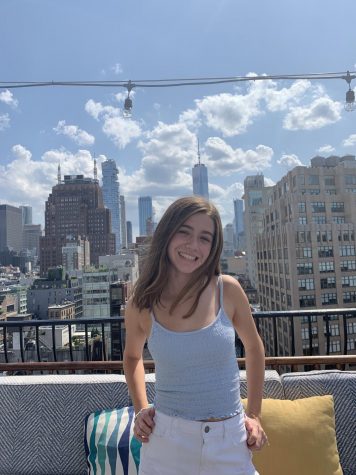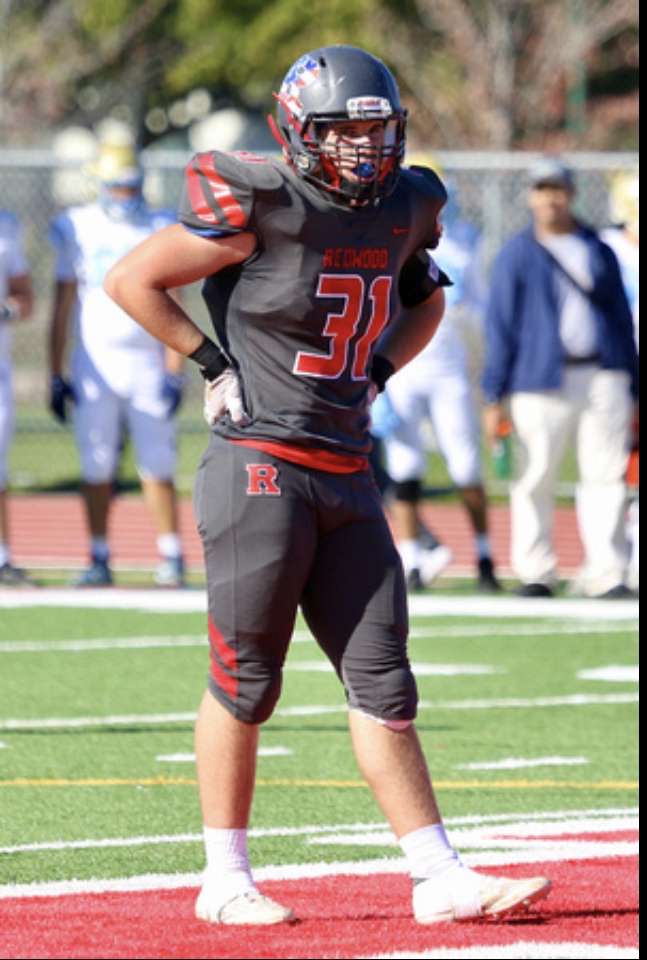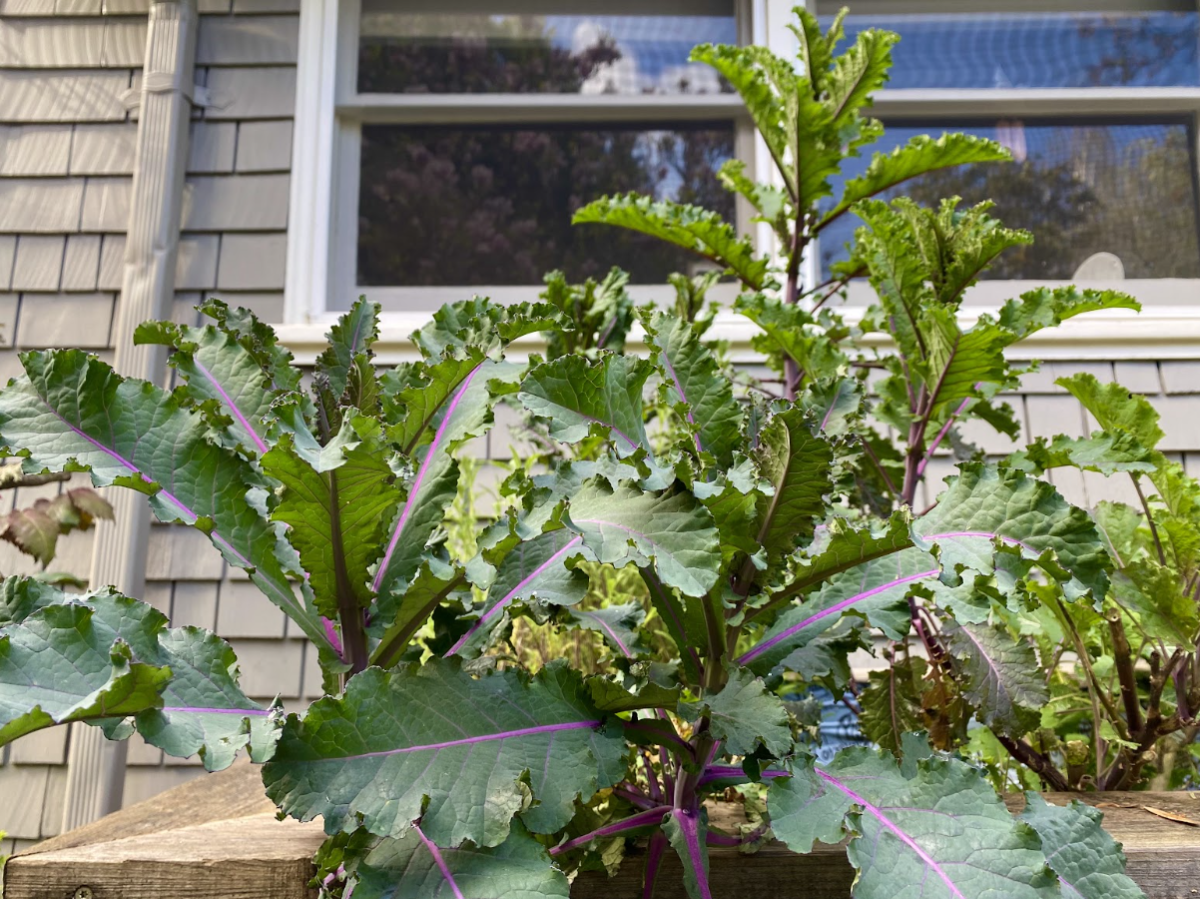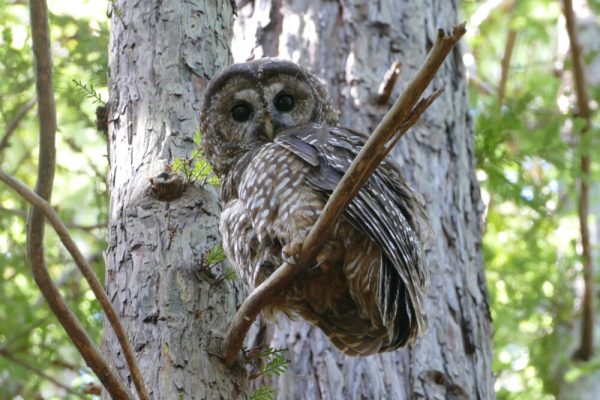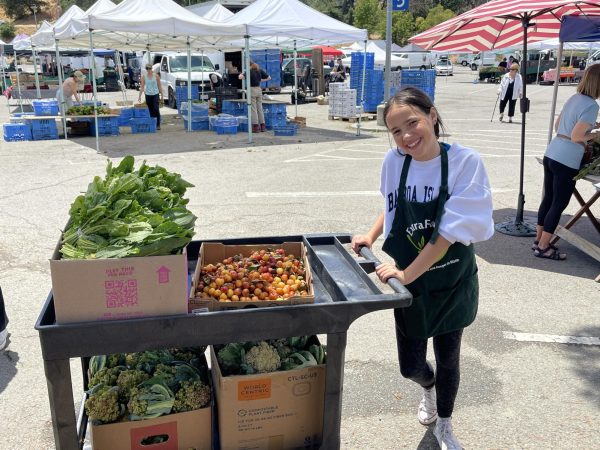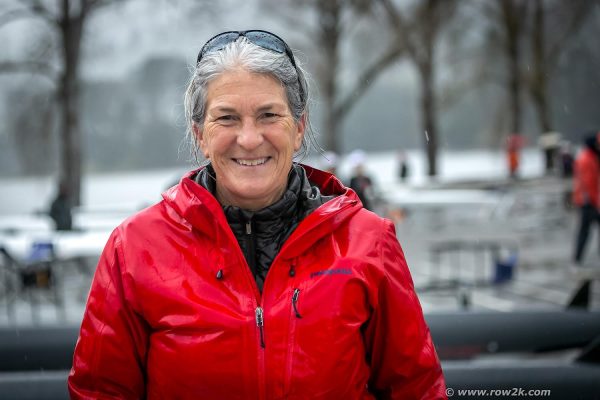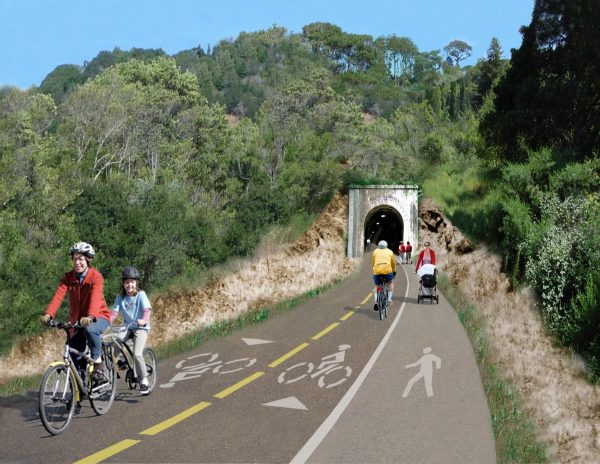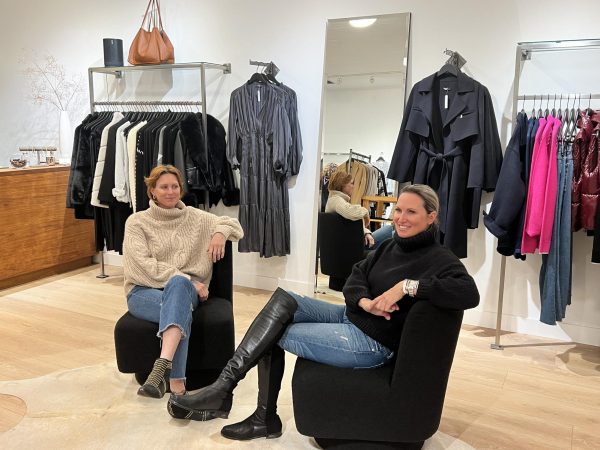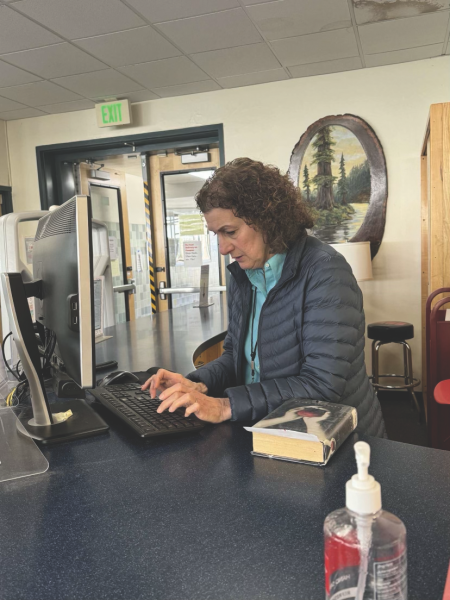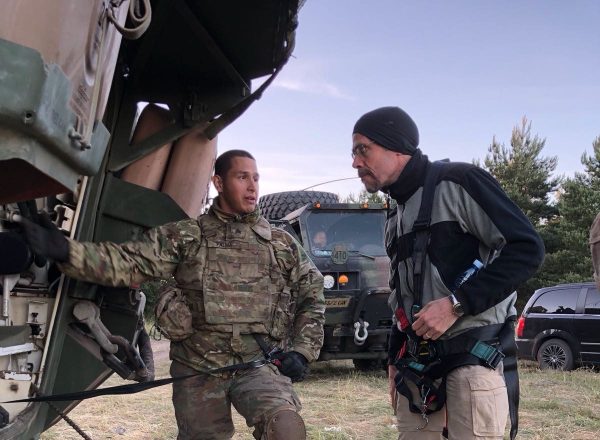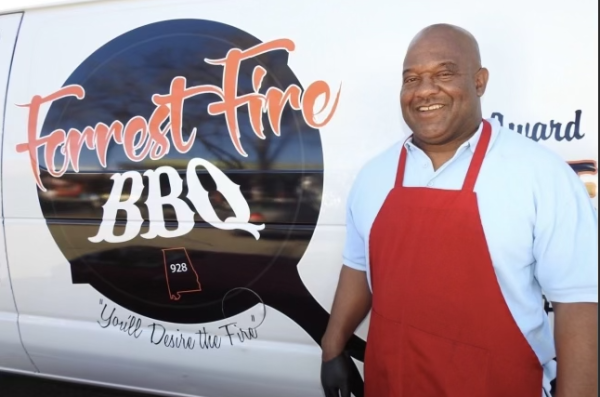From GED to Ph.D., alumni pursue their passions in science
April 5, 2021
“When will I ever use this again?”
This is a quintessential question many high schoolers ask while sitting in a lecture, wondering how their current high school education will contribute to their future careers. Despite this doubt, some Redwood alumni from the class of 2013 have found that their high school education has served as an introduction to their current aspirations.
Alexander Ehrenberg
Alexander Ehrenberg was first exposed to neuroscience during a summer internship at the University of California, San Francisco (UCSF). As a high school junior, this unique experience stemmed from Ehrenberg’s interest in Redwood’s physiology and honors biomedical science (biomed) classes, leading him to shadow a biostatistician, a type of biologist who applies mathematics, statistics and data to inform their research. For Ehrenberg, the exposure both inside and outside of these science classes gave him an uncommon experience.
“Having a class like biomed is such a privilege,” Ehrenberg said. “You’re using technology that most people don’t have exposure to until the end of their undergraduate [education]. You’re learning not just how to use tools, but you go beyond that and learn the underlying biology and chemistry for them.”
Now actively practicing these skills, Ehrenberg is a graduate student at the University of California, Berkeley in pursuit of his Ph.D. In addition, he is continuing his work at UCSF where he is in his eighth year working at the Memory and Aging Center. His high school internship paired with his current pursuit working at the neuropathology lab helped Ehrenberg foster an interest in studying Alzheimer’s disease.
“I choose [Alzheimer’s disease] because it is a disease that we really can’t do much about. There’s a really good sense of purpose with it,” Ehrenberg said. “As I progressed with it, I realized that the best way to approach [the disease] is to draw upon every single skill set you have. For me, I approach things from the lens of evolutionary biology and thinking about the way that the human brain is built leaves us to be vulnerable to disease.”
In addition to his science classes, Ehrenberg has taken inspiration from Redwood’s art department, specifically its music program. Music teacher John Mattern has made a significant impact on Ehrenberg and his scientific work.
“[Mattern] was amazing at pushing you to narrow in on that niche. A lot of qualities that apply to work, I got from him, as well as the creative process that science [brings]. When you’re setting up experiments, you have to think creatively, but you [also] have to be able to execute it,” Ehrenberg said. “I can’t imagine that I would [have a creative mindset] if I didn’t have a really good arts education, and for me, that came from music.”
Daniel Matteo
In his sophomore year, Daniel Matteo completed a book report on “Relativity” by Albert Einstein for his integrated science class, sparking his interest in physics. Matteo is now in his fourth year in the Ph.D. program at the University of California, Los Angeles in the electrical engineering department. Matteo attributes his scientific success to the courses and teachers at Redwood.
“I think if I wasn’t taught by such good teachers, [if my work] wasn’t laid out and [I wasn’t] given the support or opportunity to take these classes, I probably would not be where I am today,” Matteo said.
While Matteo was not interested in biomed, the class gave Matteo hands-on experience that cultivated many of the skills he utilizes to this day as an experimental physicist. In his current research, Matteo works in a laser lab. He uses high-power carbon dioxide lasers to look at nonlinear optical properties of all different forms of matter. Nonlinear optics is a branch of physics that studies the behavior and properties of light as well as its interaction with forms of matter.
“My work as [an] experimental physicist, more or less, is very hands-on. When I’m in the lab, I have a screwdriver in pocket, tons of electrical connections, weighting, cable, etc,” Matteo said. “The payoff is just immense. When you get the program that you’re writing or your coding to work, or when you spent a month setting up an experiment and you get the first piece of data, it feels so good.”
Brittany Tholan
Similar to Ehrenberg and Matteo’s experience in honors biomed, Brittany Tholan discovered her interests in marine biology and environmental sciences after taking both Advanced Placement (AP) Environmental Science and Biology at Redwood.
“AP Environmental Science was very influential [for me]. I liked the opportunity to be outside as well as [to] learn about these crazy, global environmental issues that everyone is now facing,” Tholan said. “That class got me thinking about how I can be a part of the solution.”
As an undergraduate at the University of California, Santa Barbara (UCSB), Tholan majored in aquatic biology. Her experience working as a research technician at the Marine Sciences Institute and passion for diving led her to witness environmental changes from the water.
“Being so close to those systems and diving them every day, I knew them like the back of my hand. Just learning any kind of outdoor environment [in] that way, where you really get to know it and you start to detect change is really valuable and was a good lesson for me,” Tholan said.
One of the observable changes Tholan noticed was the phase shift within the water as the warm and cold water ecosystems started to mix. The El Niño, which warmed the waters around Santa Barbara from 2014 to 2016, greatly impacted this change, which is similarly happening all over the world due to global warming.
Furthermore, diving near the Channel Islands as a scientific diver at UCSB exposed Tholan to areas both rich in marine life and overfished. This cultivated her interest in fishery management. Now, in her graduate program at Duke University, Tholan is completing her master’s in environmental management, concentrating specifically on the coasts.
As these three alumni continue with their pursuit of master’s and doctoral degrees, they have stressed the importance of diversifying their skill set throughout high school and college, even if these classes are not required in one’s standard curriculum.
“Specifically in college, I think the best thing you can do is learn as much as you can and push yourself to take as many classes that will [give you a variety] of experiences,” Ehrenberg said.


